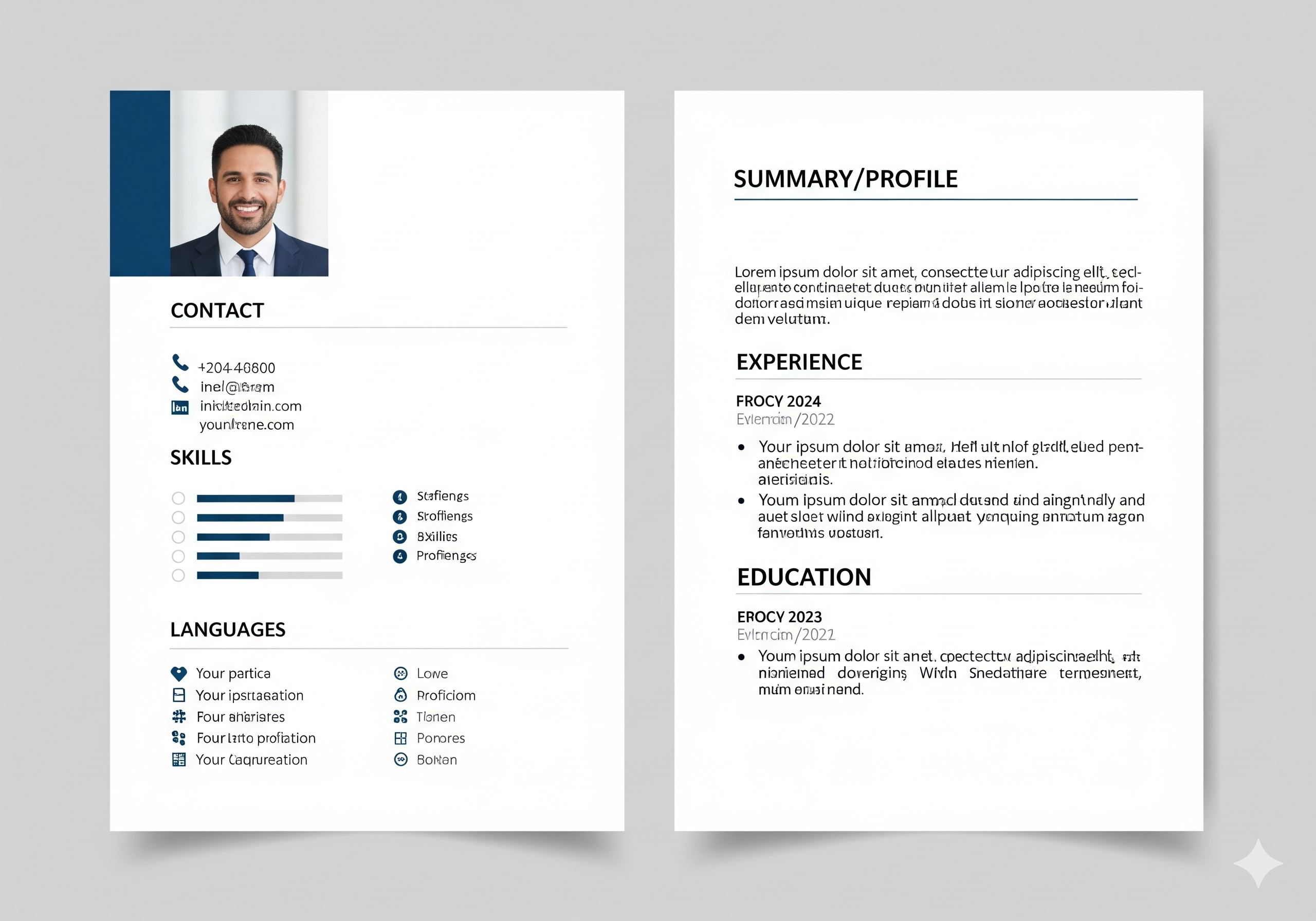



In the dynamic landscape of recruitment, interviews play a crucial role in bridging the gap between talent acquisition and organizational success. But why do organizations often conduct multiple rounds of interviews? Let’s dive into the significance and purpose behind this multifaceted approach.
Different interview rounds target distinct aspects of a candidate’s profile, ensuring a comprehensive evaluation:
The multi-round interview process serves as a safeguard against poor hiring decisions. By providing multiple touchpoints for evaluation, organizations can make informed choices, reducing the risk of a mismatch. Imagine investing time and resources into a candidate who seemed perfect during a single interview, only to find out later that they lack critical skills or don’t align with the team’s dynamics. Multiple rounds help prevent such costly mistakes.
Including different team members in various interview rounds ensures a well-rounded assessment. Hiring managers, potential colleagues, and even senior leaders can contribute their perspectives, promoting a collective consensus on the candidate’s suitability. This collaborative approach not only enriches the evaluation process but also helps the candidate get a better sense of the team they might join.
Repeated interactions help evaluate a candidate’s consistency in behavior and responses. It also reveals their ability to adapt to different interview styles and scenarios, showcasing resilience and versatility. For instance, a candidate might shine in a structured interview but struggle in a more open-ended, conversational setting. Observing how they navigate these variations can be very telling.
Certain interview rounds may include practical tests or simulations, offering candidates a glimpse of actual job tasks. This dual-purpose approach tests skills while setting realistic expectations about the role. For example, a marketing candidate might be asked to create a campaign strategy on the spot, providing both the interviewer and the candidate a clear picture of what the job entails.
Extended interaction through multiple rounds can help uncover any red flags or inconsistencies that might not be apparent in a single interview. This thorough evaluation helps in making well-informed decisions. For example, discrepancies in a candidate’s story or fluctuating behavior across different rounds might signal potential issues that need further exploration.
While the structure and purpose of multiple interview rounds are crucial, it’s equally important to humanize the process. Remember, candidates are more than just their resumes and interview performances—they’re individuals with unique backgrounds, aspirations, and stories. Creating a welcoming and respectful interview environment can make a significant difference in attracting top talent. Simple gestures like offering a friendly introduction, allowing time for candidates to ask questions, and providing timely feedback can enhance the candidate experience.
Conducting multiple rounds of interviews is a strategic approach that provides a holistic view of candidates, ensuring they are not only technically competent but also a good fit for the company’s culture and values. This multifaceted process helps organizations build strong, cohesive teams that drive success and innovation. By embracing both the analytical and human elements of the interview process, companies can create a more inclusive and effective hiring experience.